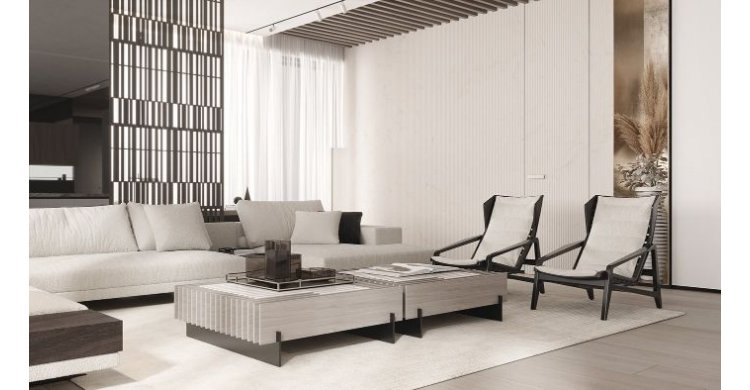Tonal minimalism in the interior — the advantages of a simple solution

Many of us remember the peculiarity of the "socialist" way of life: a completely eclectic and often tasteless jumble of objects and furniture. Some people today, out of habit, are unable to give up endless shelves, vases, carpets and figurines. But most are already wildly tired of the interior complexity and really yearn for simplicity. Tonal minimalism in the interior is the first and most important step towards getting rid of everything superficial. More snformation can find on the site: https://mmminimal.com/minimalism-in-the-interior-7-main-features/.
Minimalism includes various aspects of eliminating design "rubbish", but the absence of a complex color scheme pulls almost everything else along with it. Even a "designer", from whom he carries handicraft creative solutions a mile away, will find it hard to clog the room with meaningless nonsense if he succumbs to the charm of the simplest color scheme.
Simplicity doesn't mean killing fantasy, giving up perspective, and agreeing to a low-quality design. It is the key to freedom, creative freedom and an alpine fresh atmosphere. Einstein called for as much as possible, but without going too far, to simplify everything that was possible. It is very important to equip your monastery so as not to stumble over bumps of design ingenuity. The tonal minimalism of the bathroom and kitchen is generally a separate topic, since the tiling is characterized by increased labor intensity. Therefore, when planning the repair of "tiled" rooms, it is worth listening to the genius physicist, cutting off all unnecessary in advance.
The pros of minimalism in the interior:
- Simplicity is universal — it can be adapted to both living space and office space.
- Minimalism eliminates the need to waste time on trifles.
- Minimalism is an additional portion of space, even with a small area. A conscious and rational decision in favor of the minimum always leads to a feeling of lightness and pride in your choice.
- Interior simplicity, especially pronounced by one- / two-color ceramic tiles, disciplines and energizes the maintenance of perfect order in the room.
- The absence of object junk constantly reminds of the need to save space and pushes people to look for a "spare" area — in our standard conditions this is especially important.
- Lighting plays an important role in the interior. Minimalism, like no other style, is welcoming towards light - the latter has nowhere to get lost, it is completely at the service of the interior foundation.
Minimalism in the interior of the bathroom and kitchen
When it comes to the tonal simplicity of ceramic tiles, we usually mean both limiting one to two colors, and narrowing the palette to subtle shades. Moreover, minimalism means freedom for every tone. Agree, you can follow the basic rules — not to go beyond the quantitative framework and agree with the color scheme, but too frequent alternation of a pair of shades will not allow you to enjoy tonal modesty.
Colors should not compete, they should support each other. Teamwork of calm shades is, in a sense, "mutual respect" of tones. For it to make sense to talk about simplification, tiles of different shades must be at some, significant, distance from each other. Or the ceramics must be very different — one of the colors must dominate.
Ceramic tiles, as a reflection of minimalism, are usually medium and large tiles. Small slabs of the same shade are distinguished by numerous seams, which already lubricates the effect of uniformity. No matter how high-quality the grout is, no matter how narrow the joints are, you can't deceive the eye. Which, of course, does not prevent you from following your own taste: the miniature format is further from the ideals of tonal simplicity, but still does not get out of the bounds of color elementary.